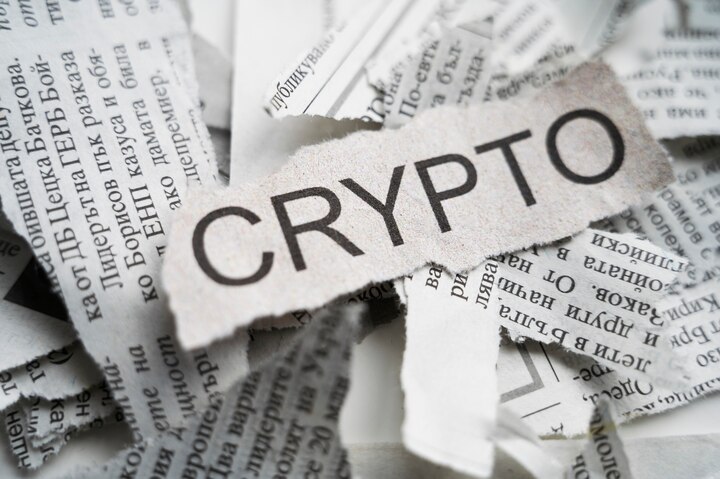Every morning last week, I’ve gotten up at an uncomfortable hour, trekked over to the federal courthouse in lower Manhattan and watched the U.S. Department of Justice’s case against Sam Bankman-Fried begin. Here’s what’s happened so far.
You’re reading State of Crypto, a CoinDesk newsletter looking at the intersection of cryptocurrency and government. Click here to sign up for future editions.
The narrative
It’s been less than a week since the federal government’s trial against FTX’s Sam Bankman-Fried began, but we’ve already heard from an FTX co-founder, a former developer, a customer and an investor.
Why it matters
The trial continues!
Breaking it down
Over the first three days of the actual trial (day one was just dedicated to jury selection) we’ve heard opening arguments and testimony from four people: FTX customer Marc-Antoine Julliard, former FTX developer Adam Yedidia, Paradigm co-founder Matt Huang and FTX co-founder Gary Wong.
Each of these witnesses brought their own unique story of how they were harmed by FTX (and by proxy, Bankman-Fried, per the DOJ) and the exchange’s collapse. Here’s a list of key revelations we’ve heard.
-
Gary Wang – who’s previously pleaded guilty to similar charges to what Bankman-Fried faces – testified that Bankman-Fried directed him to write code allowing Alameda Research to have a negative balance on FTX as far back as July 2019.
-
Ultimately Alameda took and spent at least $8 billion of FTX customers’ money, Wang said.
-
Wang opened by saying he committed crimes, did so with Bankman-Fried, Caroline Ellison and Nishad Singh and that he was hoping for no jail time as a result of his cooperation.
-
FTX had an insurance fund with an amount listed on its website, but this amount was essentially a randomly generated figure, Wang said.
-
For a while, FTX executives didn’t actually know how much Alameda owed its customers because of a software bug, Adam Yedidia said. The bug overstated the amount owed by $8 billion (essentially twice the real amount).
-
Alameda used FTX customer deposits to pay back its lenders, Yedidia said. Wang later confirmed that Alameda had returned lenders’ funds and that these funds “came from FTX customers.”
-
FTX presented itself as a safe custodian to investors like Paradigm, Matt Huang said.
-
Similarly, Bankman-Fried told Paradigm that Alameda had no preferential treatment, Huang said. Wang later said Alameda did receive special treatment (see point 1).
-
At no point did Bankman-Fried or anyone at FTX tell Paradigm that Alameda was exempt from its auto-liquidation feature, Huang said.
-
Paradigm has marked its $278 million investment in FTX to zero, Huang said.
Reminder: You can read all of our ongoing coverage at CoinDesk, and get daily updates on the trial through our SBF Trial newsletter.

-
13:30 UTC (9:30 a.m. EDT) Sam Bankman-Fried’s trial resumes.
-
15:00 UTC (11:00 a.m. EDT) There will be a hearing in BlockFi’s ongoing bankruptcy case.
-
(Wired) Wired’s Andy Greenberg dug into last year’s FTX hack, which remains one of the still-to-be-explained events from the FTX collapse.
-
(Bloomberg) Former Celsius CEO Alex Mashinsky’s criminal trial is scheduled for Sept. 17, 2024. He’s charged with securities fraud, commodities fraud, wire fraud, conspiracy to manipulate the CEL token’s price, scheming to manipulate CEL’s price, market manipulation (for CEL) and wire fraud tied to CEL price manipulation. Part of the defensive strategy seems to be to argue over whether CEL really was a security or not.

If you’ve got thoughts or questions on what I should discuss next week or any other feedback you’d like to share, feel free to email me at nik@coindesk.com or find me on Twitter @nikhileshde.
You can also join the group conversation on Telegram.
See ya’ll next week!

